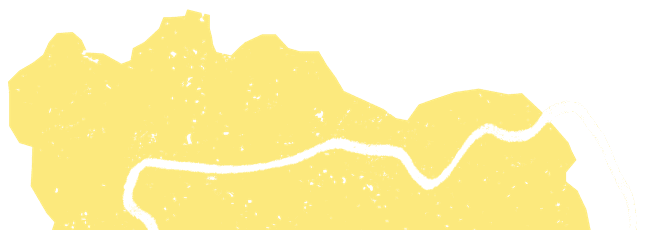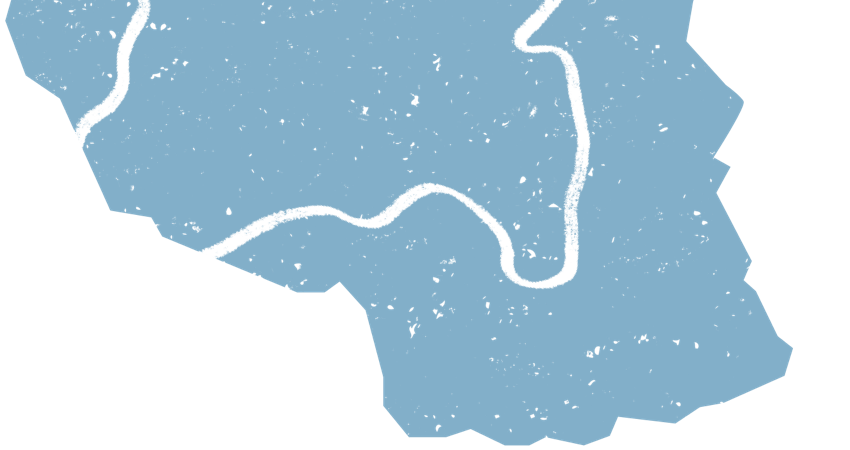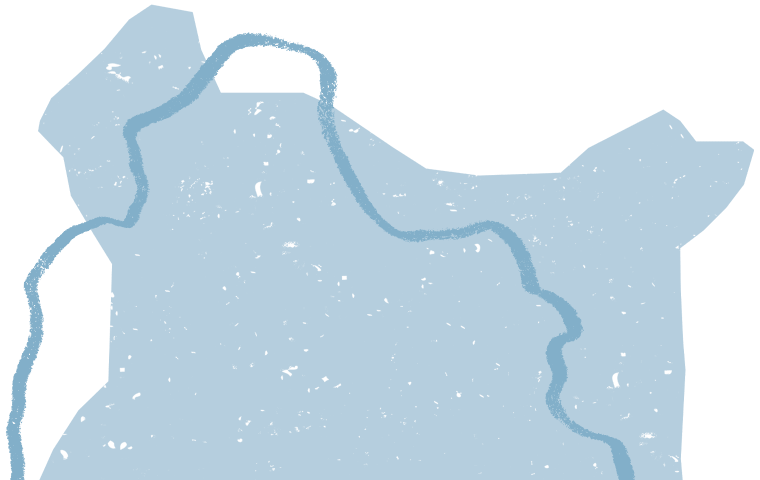
Articles
Develop a community action plan for shared natural resources
How to develop an effective community action plan by identifying what needs to be protected and what the key threats and external influences are
2010 Available in English, French, Portuguese and Spanish

From: Natural resources – Footsteps 82
How to look after the precious natural resources on which we all depend
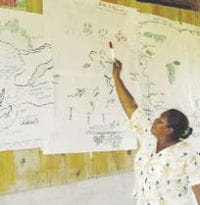
Thinking about the local area: woman presenting map for Step 1 at workshop. Photo: Judith Collins
STEP 1
Thinking about the local area
For most of the activities/questions below, arrange the participants into small groups of five or six. You may decide to split the participants into groups of men, women and children as their answers will reveal a lot about their differences in perspective. After each activity ask the groups to present their ideas and allow plenty of time for general discussion.
- Draw a map of the geographical area. Include key points of interest/importance. What are the geographical limits of the focus area?
- What natural resources/ecosystems are there in the focus area? If you haven’t already done so, mark them on the map.
- How are these natural resources used by the men, women and children in the area?
- Are there any traditional beliefs and/or myths associated with these natural resources?
- What is happening to these natural resources?
- Are there any conflicts associated with the use of these natural resources?
- Are there any problems of pollution (water, soil, air) in the focus area? Mark them on the map.
STEP 2
What do we need to manage and protect?
Bring everyone together and ask: which of the natural resources present in the focus area are most important in terms of usefulness and the need for more careful management / conservation?
In groups of two, rank the listed resources in order of importance (eg if there are 10 natural resources in the list, a score of 10 should be given to the one thought the most important followed by 9, 8 etc so the least important is given a score of 1). Add all the scores together to produce a ranked list.
In the following example, mangroves, broadleaf forest and dune vegetation – and possibly manatee – would be chosen as things that need managing and protecting as a priority. These are called conservation objects.
| Natural resource | Rank |
| Mangroves | 53 |
| Broadleaf forest |
24 |
| Dune vegetation |
22 |
| Manatee |
18 |
| Fish of the lagoon |
12 |
| Water of the lagoon |
4 |
| Rivers and streams |
2 |
STEP 3
What are the threats to the conservation objects?
Form small groups and ask each group to talk about one of the priority conservation objects. Ask them:
- What are the most serious threats to the conservation object?
STEP 4
What causes the threats?
Ask the same groups:
- What are the causes of destruction or degradation of the conservation object? (human activity or natural phenomena)
STEP 5
Who is responsible for the threats?
Ask the same groups:
- Who are the main groups of people causing this destruction and degradation?
LOOKING AT BROADLEAF FOREST AS AN EXAMPLE OF THE PROCESS
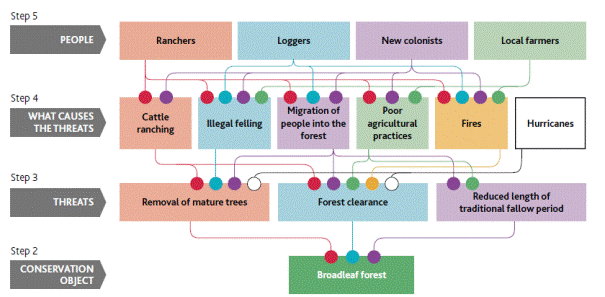
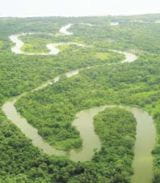
Broadleaf forest from above. Photo: Steve Collins
STEP 6
Development of a community action plan
Ask the groups to fill in the table below for their conservation object, using the ‘trees’ of coloured card they have developed.
Although this seems like a big task, by this stage the participants will have thought deeply about each aspect of the problem and will find it surprisingly easy to fill in the table. The strategies and activities should not only take into account the threats and causes of the threats, but also the people responsible, aiming to involve them in tackling the problem wherever possible. At this point, think about any previous initiatives in order to learn from their failures and build on their successes.
Now put together the tables developed for each conservation object. You will have a community action plan for the rational use and conservation of the most important (and/or most threatened) natural resources in the focus area.
BROADLEAF FOREST AS AN EXAMPLE
| Threats | What causes the threats? | People | Ways to reduce the threats | Activities | People responsible for each activity |
| eg Reduction in traditional fallow period | Poor agricultural practices Migration of people into the forest |
Ranchers Colonists Local farmers Loggers |
Train farmers, colonists and ranchers in more sustainable agroforestry techniques etc | Run a series of training events in ten different communities Establish demonstration plots on five different farms Etc |
Local NGO Local farmers’ co-operative with technical input from local NGO |
The six steps were adapted from an approach called ‘site conservation planning’ developed by The Nature Conservancy, www.nature.org
MOPAWI is a Christian NGO dedicated to the integrated human development and conservation of the Honduran Mosquitia.
4b, 2da Calle, Tres Caminos,
Apdo. Postal 2175
Tegucigalpa, Honduras
Email: [email protected]
Website: www.mopawi.org
Judith Collins was seconded by Tearfund to MOPAWI as an environmental advisor between 2000 and 2005. She is currently Footsteps editor in the Communication for development team.
Glossary
agroforestry growing crops and trees together so both benefit
colonists people connected with another region or culture who settle in an area
conservation object a species, a group of species, an ecosystem or a habitat identified as needing conservation
ecosystem communities of plants, animals and other living things, together with the non-living parts of the environment such as rocks and weather, which together form a working system
manatee marine mammal sometimes known as a sea cow
mangroves tropical evergreen trees and shrubs that can survive and thrive in saltwater coastal areas
Similarly Tagged Content
Share this resource
If you found this resource useful, please share it with others so they can benefit too.
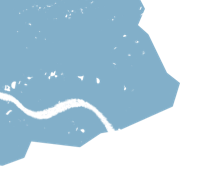
Subscribe to Footsteps magazine
A free digital and print magazine for community development workers. Covering a diverse range of topics, it is published three times a year.
Sign up now - Subscribe to Footsteps magazine
